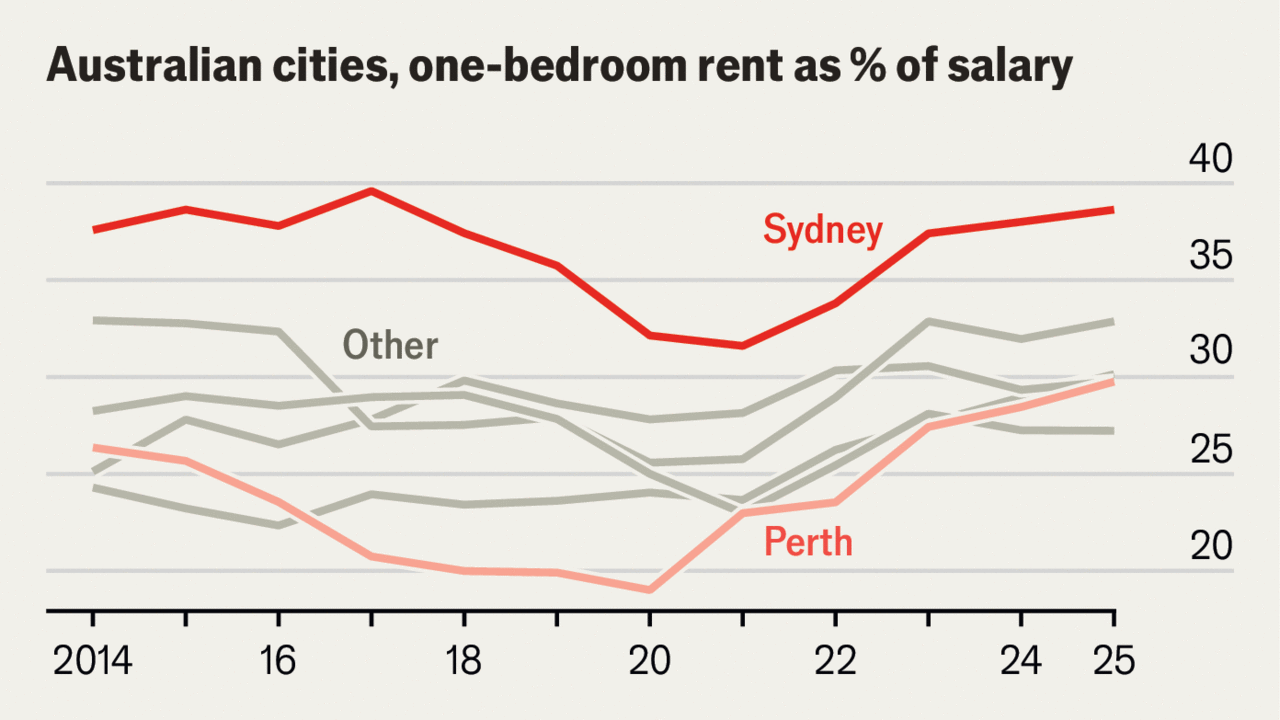Victory Day: Significance, Celebrations, and Modern Challenges
Victory Day stands as a deeply meaningful date on the Russian calendar, symbolizing both the end of World War II and the enduring spirit of a nation. Each year, on May 9, millions come together to honor the sacrifices and triumphs marked by this historic anniversary. But as Russia celebrates, new challenges and controversies have hovered over the parade grounds and city streets.

The Origins and Importance of Victory Day
Victory Day traces its roots to 1945, when Nazi Germany’s surrender was announced in Moscow. The celebration has grown from a solemn day of remembrance into a major display of national pride and military strength. In Russia, public parades, fireworks, and poignant speeches commemorate those lost during the war. This date not only marks victory but also serves as a reminder of the resilience and unity that shaped modern Russia.
Parade Traditions and Modern Spectacle
The most famous Victory Day event is the military parade on Red Square, with impressive columns of soldiers, tanks, and aircraft soaring overhead. Year after year, the event transforms Moscow’s heart into a grand showcase of military hardware and patriotic solidarity. Notably, leaders from across the globe are often invited, highlighting the international resonance of the date. In 2025, the parade commemorated the 80th anniversary of the end of World War II, drawing attention not just for its pageantry but also for heightened security concerns.
For further insight into the pageantry—and how present-day anxieties have affected this year’s spectacle—read CNN’s analysis of Victory Day threats and international dynamics. The article covers recent drone threats that led to airspace closures and increased tensions, revealing how even time-honored traditions adapt to new realities.
Changing Symbolism and Recent Developments
Through the decades, Victory Day has evolved beyond reverence for history. It has become central to modern political messaging. Presidential speeches often tie past sacrifices to current events, aiming to justify national policies and bolster public morale. However, some observers have noted that Russia’s military parades now inadvertently signal challenges rather than strength. The Economist provides a detailed exploration of this trend in their article, Russia’s military parades have become a sign of weakness. This piece discusses how the traditional showcase now faces skepticism amid ongoing conflicts and shifting international relationships.
Additionally, world leaders such as Xi Jinping of China and other high-profile guests attended recent parades, emphasizing Russia’s diplomatic efforts as part of the festivities. You can also find more coverage at The New York Times, which reports on the parade’s global significance and the changing international landscape it reflects.
The Enduring Message of Victory Day
Despite new threats and debates, the core message of Victory Day endures: honoring those who gave everything in the pursuit of peace and freedom. The ceremonies serve as a bridge between generations and as a reminder of the cost of conflict. As political and military realities shift, the traditions of May 9 remain a powerful symbol for many Russians and for observers worldwide.
As the world continues to watch, Victory Day’s blend of remembrance, reflection, and spectacle offers important lessons about history, resilience, and the complexities of modern geopolitics. Whether through a grand parade or a quiet moment of reflection, the day’s meaning remains as relevant today as it was eight decades ago.